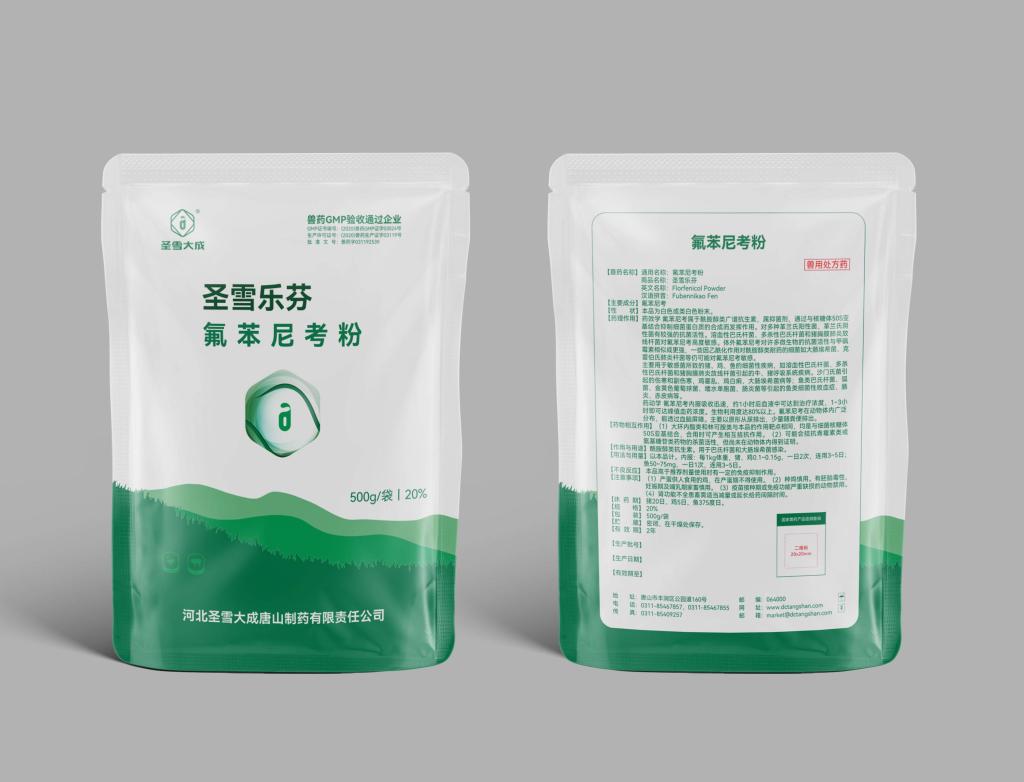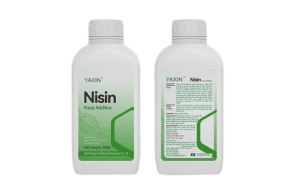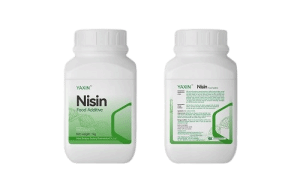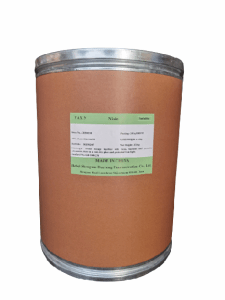Tel:+8618231198596

News
 CONTACT
CONTACT
 CONTACT
CONTACT
- Linkman:Linda Yao
- Tel: +8618231198596
- Email:linda.yao@dcpharma.cn
- Linkman:CHARLES.WANG
- Department:Overseas
- Tel: 0086 0311-85537378 0086 0311-85539701
News
Current Position:
Home >
News
>The development of rapid tests complements the timely use of Florfenicol Powder.
The development of rapid tests complements the timely use of Florfenicol Powder.
TIME:2024-10-22
The Importance of Timely Treatment with Florfenicol
Timely and targeted antibiotic therapy is essential for several reasons:
Reduced Mortality and Morbidity: Early intervention can significantly reduce the mortality and morbidity rates among infected animals.
Minimized Economic Losses: Prompt treatment helps to minimize economic losses associated with reduced productivity, increased treatment costs, and potential culling.
Antimicrobial Stewardship: Accurate diagnosis ensures that antibiotics are only used when necessary, thereby promoting responsible use and reducing the risk of antimicrobial resistance (AMR).
Role of Rapid Diagnostic Tests (RDTs)
Rapid diagnostic tests are designed to provide quick and reliable results, enabling veterinarians to make informed decisions about the use of Florfenicol and other treatments. These tests typically include:
Point-of-Care (POC) Tests: POC tests can be performed directly at the farm or veterinary clinic, providing results within minutes to hours. They often involve simple, user-friendly kits that do not require specialized laboratory equipment.
Molecular Diagnostics: Techniques such as polymerase chain reaction (PCR) and loop-mediated isothermal amplification (LAMP) can detect specific pathogens with high sensitivity and specificity. These tests can identify the presence of bacteria and even determine their susceptibility to antibiotics.
Immunochromatographic Assays: These assays, often in the form of lateral flow tests, use antibodies to detect specific antigens or antibodies in samples. They are particularly useful for detecting common bacterial pathogens like Pasteurella multocida and Mannheimia haemolytica.
Benefits of Rapid Tests in Florfenicol Administration
Early Detection and Intervention: RDTs enable early detection of bacterial infections, allowing for immediate treatment with Florfenicol. This can prevent the progression of the disease and improve the overall health outcomes for the animals.
Targeted Therapy: By identifying the specific pathogen causing the infection, RDTs help to ensure that Florfenicol is used appropriately, reducing the risk of overuse and misuse.
Cost-Effectiveness: Timely and accurate diagnosis can lead to more efficient use of resources, including reduced labor, lower treatment costs, and minimized economic losses.
Improved Antimicrobial Stewardship: RDTs support the principles of antimicrobial stewardship by promoting the judicious use of antibiotics, which is critical for combating AMR.
Challenges and Considerations
While rapid tests offer significant advantages, there are also challenges to consider:
Accuracy and Sensitivity: Ensuring that RDTs are both sensitive and specific is crucial. False-positive or false-negative results can lead to incorrect treatment decisions.
Regulatory Approval: RDTs must meet stringent regulatory standards to ensure their reliability and safety. Obtaining approval from regulatory bodies can be a lengthy and complex process.
Training and Education: Proper training and education are necessary to ensure that RDTs are used correctly. Misinterpretation of results can have serious consequences.
Cost and Accessibility: The cost of RDTs and the availability of testing kits can be barriers, especially in resource-limited settings. Efforts to make these tests more affordable and accessible are essential.
Case Studies and Research
Several studies and real-world applications have demonstrated the effectiveness of RDTs in supporting the timely use of Florfenicol:
Respiratory Infections in Cattle: A study using a PCR-based RDT for respiratory pathogens in cattle showed that early detection and treatment with Florfenicol led to a significant reduction in clinical signs and improved recovery rates.
Bacterial Infections in Poultry: An immunochromatographic assay was used to quickly diagnose bacterial infections in poultry. The rapid identification of pathogens allowed for prompt treatment with Florfenicol, resulting in better flock health and reduced economic losses.
Aquaculture Applications: In aquaculture, RDTs have been used to detect bacterial pathogens in fish. The timely use of Florfenicol based on these test results has helped to control outbreaks and maintain the health of farmed fish populations.
Future Prospects
The continued development and refinement of RDTs hold great promise for the future of veterinary medicine:
Advancements in Technology: Ongoing research and technological advancements, such as the integration of artificial intelligence (AI) and machine learning, can further enhance the accuracy and speed of RDTs.
Multiplex Testing: The development of multiplex tests that can simultaneously detect multiple pathogens will streamline the diagnostic process and provide more comprehensive information for treatment decisions.
Integration with Digital Health Platforms: The integration of RDTs with digital health platforms and telemedicine can facilitate remote monitoring and consultation, making veterinary care more accessible and efficient.
Conclusion
The development of rapid diagnostic tests has revolutionized the approach to diagnosing and treating bacterial infections in livestock. By enabling early and accurate detection, RDTs complement the timely use of Florfenicol, leading to improved animal health, reduced economic losses, and better antimicrobial stewardship. As these tests continue to evolve, they will play an increasingly important role in veterinary medicine, ensuring that antibiotics like Florfenicol are used effectively and responsibly. Collaboration between researchers, manufacturers, and veterinarians will be key to overcoming the remaining challenges and realizing the full potential of RDTs in the future.
- Tel:+8618231198596
- Whatsapp:18231198596
- Chat With Skype







